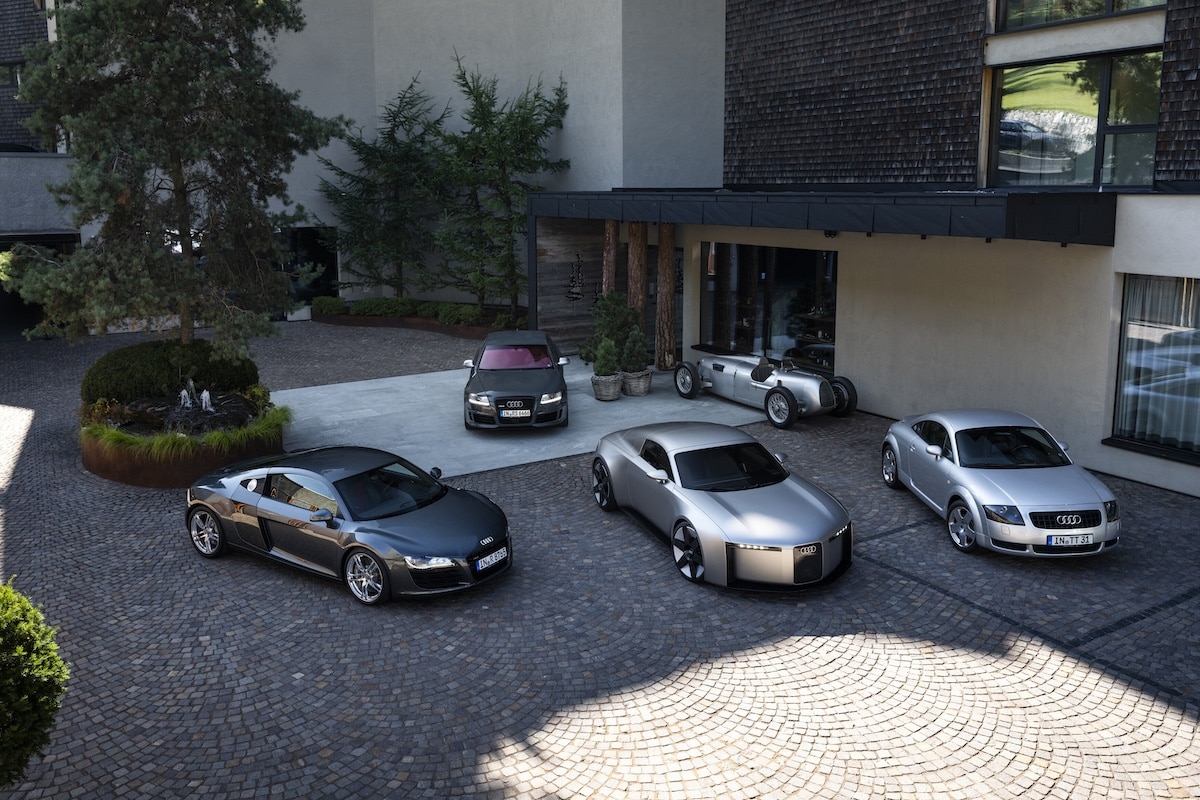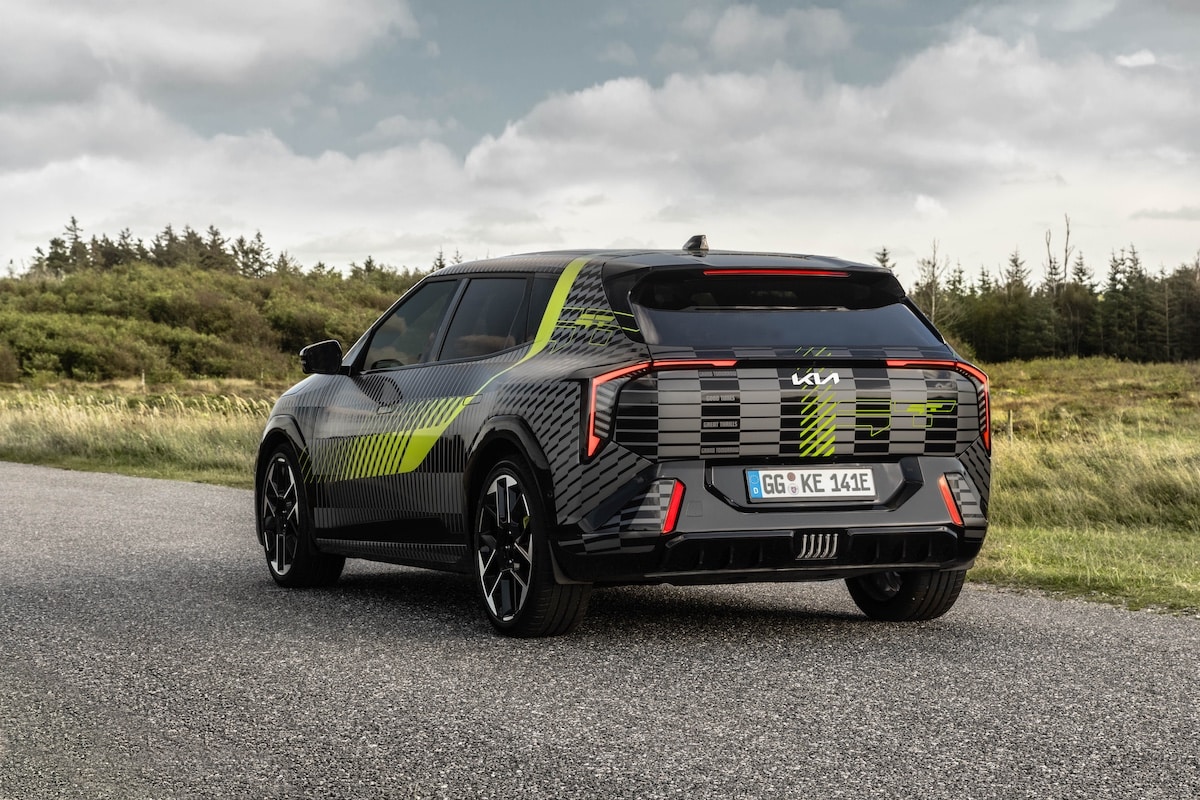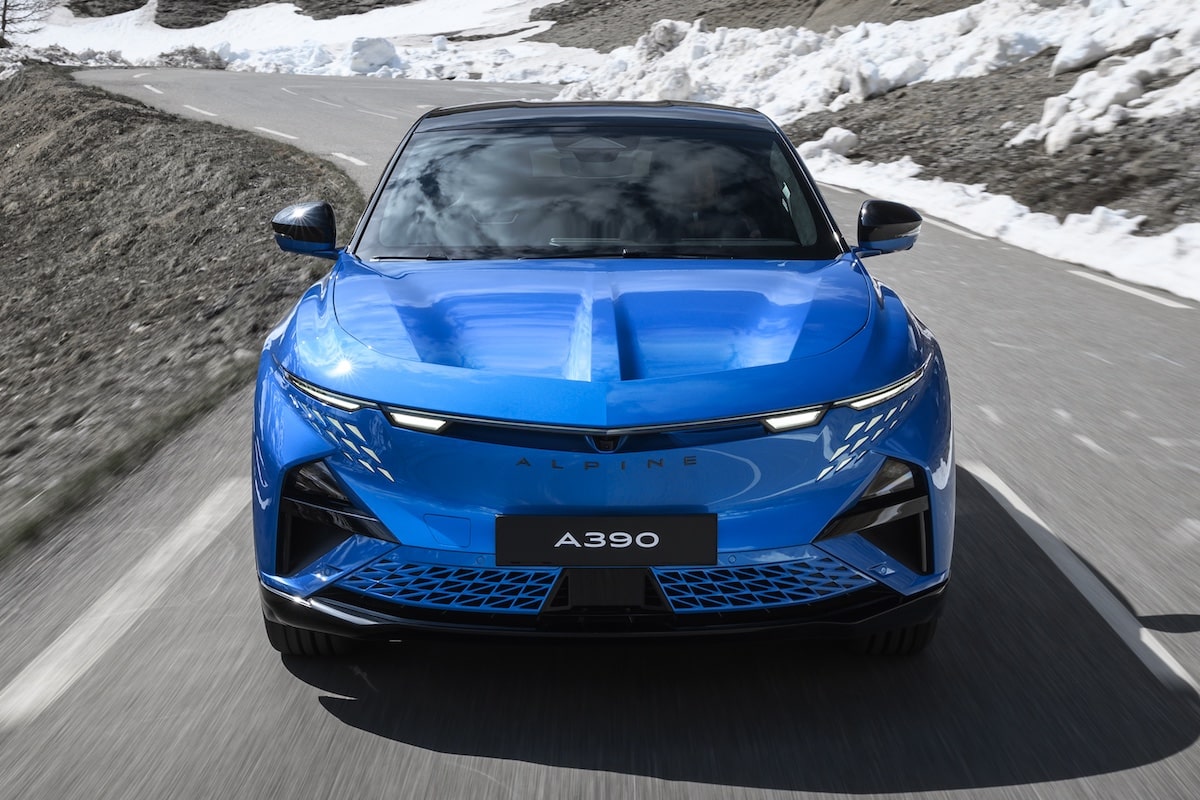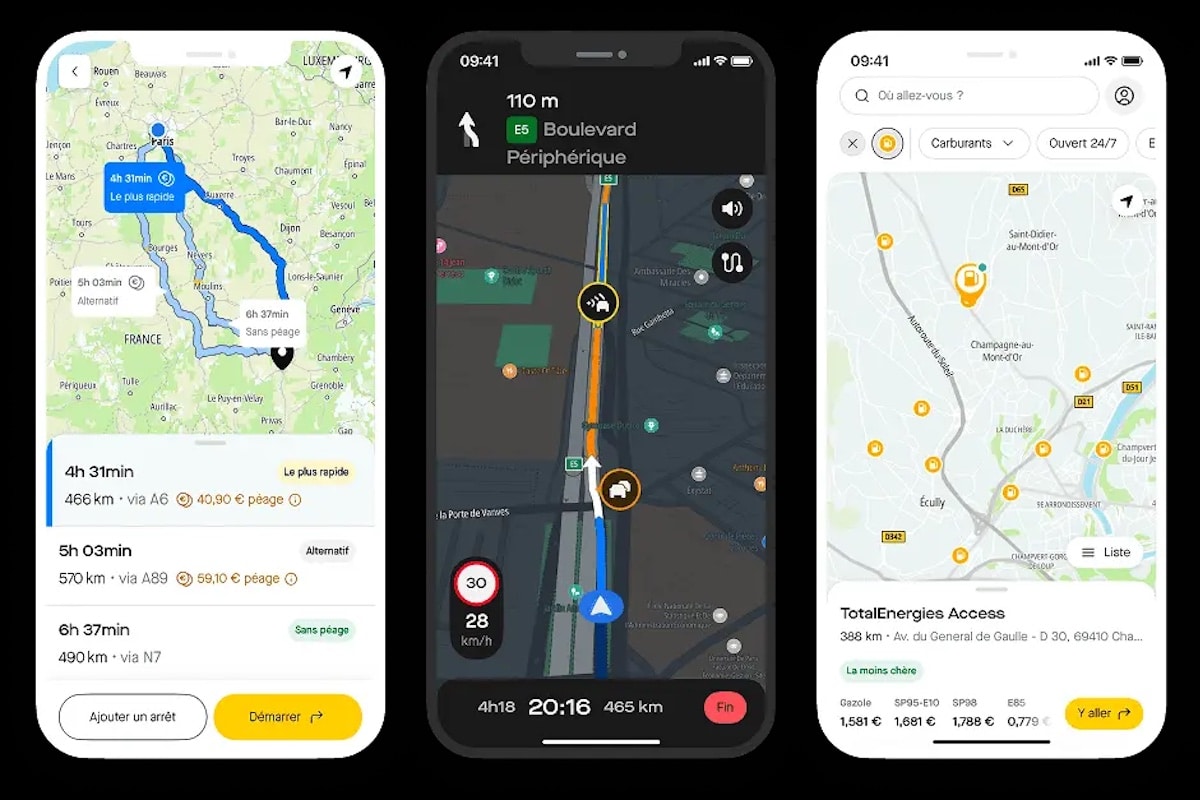Should the Tesla Model 3 be worried about the Peugeot E-408?
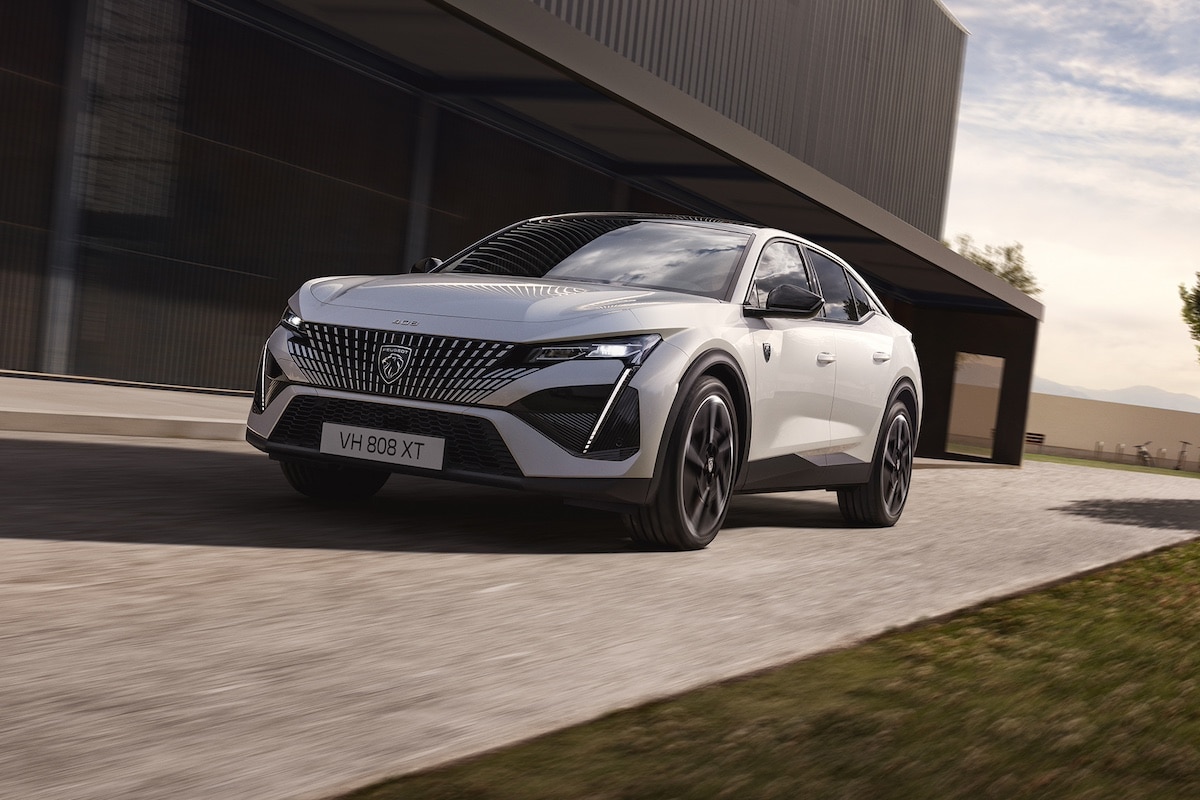
Peugeot has unveiled the highly anticipated 100% electric version of its 408 sedan. But is it ready to compete against the Tesla Model 3?
In its press release, Peugeot is proud to present a 100% electric and… unexpected car! In this case, the first point is true, but the second is puzzling. We’re talking about a variant announced two years ago during the launch of the plug-in hybrid 408! As for its innovative design, we’ve been seeing it on our roads for 3 years. Unfortunately, we haven’t seen many of them, sadly for the lion brand. Is this electric version the trigger that will boost sales?
With a length of 4.69 m and a width of 1.85 m, the PEUGEOT E-408 uses the multi-energy E-EMP2 platform, which allows the battery to be installed in the car’s undercarriage, under the floor between the wheels. This architecture is typical of electric vehicles and ensures a low center of gravity and thus good road handling. However, the 408 was originally a car with an internal combustion engine, and the integration of the powertrain cannot be optimal like on a Tesla Model 3. So here is the naturally designated rival, as it has similar dimensions with a length of 4.72 m and a width of 1.93 m.
Peugeot Sticks Its Tongue Out
The Peugeot E-408 is available only in front-wheel drive with a 210 hp (157 kW) motor and a 58 kWh battery. This powertrain is produced in France, in Trémery, by the STELLANTIS-NIDEC joint venture. The reduction gear it is associated with is manufactured by STELLANTIS in Valenciennes. A true French model, Cocorico!!! The announced electricity consumption is 15.2 kWh/100 km, which offers a range of 453 km in the WLTP cycle. You’ve probably guessed that the comparison with the Model 3 might hurt. The American version in its entry-level Propulsion variant indeed offers 513 km of range, which is more than a 10% increase, not to be taken lightly. Peugeot reassures us by indicating that customers average 45 km per day, which is true, but in that case, one might as well take a Dacia Spring. This argument, however valid, collapses when we get on the highway. More troubling, in rapid charging, the Peugeot accepts a power of 120 kW compared to 170 kW for the Tesla. There is truly a chasm that costs several minutes for a charge from 20 to 80%, especially considering Tesla’s charging performance and the instability of Peugeot’s.
Let’s consider the pricing argument, as we can expect that Peugeot has thoroughly researched its subject before entering the battle. In the very well-equipped entry-level Allure trim, the Peugeot is priced at 43,900 euros but benefits from a small launch discount that brings the price down to 42,470 euros. Unfortunately, that’s more than the Tesla at 41,490 euros in its slightly higher unique trim compared to the French model.
As one might expect, there is sadly no match as the American is above in all areas of play. However, the Peugeot is not without interest, and its Fastback look could attract customers tired of driving a proud white Tesla and eager to make a collective effort by driving a true French car!
This page is translated from the original post "La Tesla Model 3 doit-elle craindre la Peugeot E-408 ?" in French.
We also suggestthese articles:
Also read
